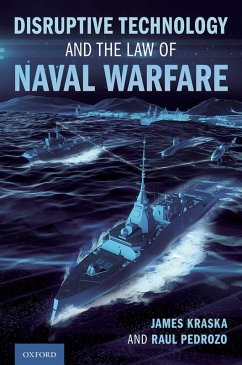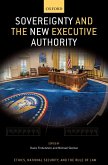Conflict at sea has been transformed by disruptive technologies, creating a dynamic and distributed operational environment that extends from the oceans to encompass warfare on land, in the air, outer space, and cyberspace. This raises choice of law decisions that include the law of naval warfare and the law of armed conflict, neutrality law, and the peacetime regimes that apply to the oceans, airspace, outer space, and cyberspace. The international law in networked naval warfare must contend with autonomous vessels and aircraft, artificial intelligence, and long-range precision strike missiles that can close the kill chain at sea and beyond. The asymmetrical use of merchant ships and blockchain shipping in naval operations, opening of the seabed as a new dimension of undersea warfare, and sophisticated attacks against submarine cables and space satellites pose new operational and legal dilemmas. Navigating this broader conception of the international law of naval warfare requires an understanding of emerging operational capabilities and concepts throughout the spectrum of conflict and the selection and integration of distinct legal regimes. This book gives readers an understanding of the discrete but overlapping legal frameworks connected to the law of naval warfare and explores related concepts of seapower and naval technology.
Dieser Download kann aus rechtlichen Gründen nur mit Rechnungsadresse in A, B, BG, CY, CZ, D, DK, EW, E, FIN, F, GR, HR, H, IRL, I, LT, L, LR, M, NL, PL, P, R, S, SLO, SK ausgeliefert werden.









